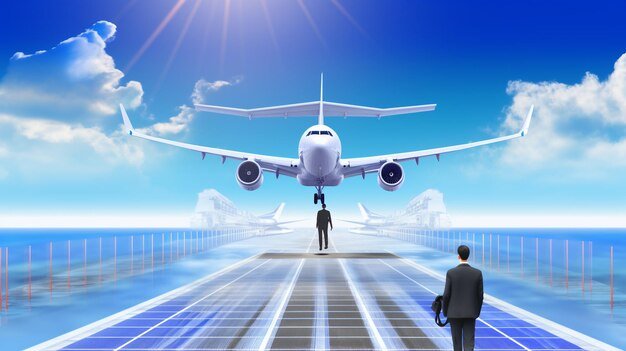Pilot unions play a critical role in shaping the aviation industry. They are vital in advocating for pilots’ rights, improving working conditions, negotiating fair wages, and ensuring that safety standards are upheld. These organizations also serve as a collective voice for pilots, influencing decisions made by airlines, regulatory bodies, and governments.
1. What Are Pilot Unions?
Pilot unions are labor organizations that represent commercial, private, and cargo pilots. They work to protect pilots’ professional interests and ensure their well-being. Prominent unions include:
- Air Line Pilots Association (ALPA): The largest pilot union in the world, representing pilots in the U.S. and Canada.
- Allied Pilots Association (APA): Focused on pilots of American Airlines.
- European Cockpit Association (ECA): Representing pilots across Europe.
2. Key Functions of Pilot Unions
a) Wage Negotiations
Pilot unions advocate for competitive salaries that reflect the skill, responsibility, and risks associated with flying.
- Ensure pay scales align with industry standards.
- Negotiate overtime and hazard pay for challenging flight conditions.
b) Improving Working Conditions

Unions ensure pilots have:
- Schedules that minimize fatigue.
- Adequate rest periods between flights.
- Access to health and wellness programs.
c) Safety Advocacy
Safety is a top priority for unions, which work to:
- Influence regulatory policies to enhance safety standards.
- Report and address unsafe practices or working environments.
d) Legal Representation
In disputes with employers or regulatory authorities, unions provide pilots with legal support.
e) Career Development and Training
Unions often offer resources for continuing education and training to keep pilots updated on new technologies and industry trends.
3. The Impact of Pilot Unions on the Aviation Industry
a) Setting Industry Standards
Unions push airlines to adopt industry-best practices, benefiting not only pilots but also passengers and other aviation professionals.
b) Balancing Employer-Pilot Relationships
Unions mediate between pilots and airlines, ensuring fair treatment and preventing exploitation.
c) Enhancing Public Safety
By advocating for stricter safety measures, unions indirectly protect passengers and crew.
d) Influencing Policy
Unions collaborate with governments and aviation authorities to shape policies that impact the industry.
4. Challenges Faced by Pilot Unions
Despite their influence, pilot unions encounter several challenges:
- Corporate Pushback: Airlines often resist union demands to reduce operational costs.
- Globalization: The rise of international airlines complicates the standardization of wages and regulations.
- Automation: The increasing reliance on AI and automated systems in aviation raises concerns about pilot job security.
- Economic Pressures: Economic downturns or pandemics, like COVID-19, often lead to furloughs and layoffs, limiting union bargaining power.
5. Success Stories of Pilot Unions
Case Study 1: ALPA and Fatigue Management
ALPA played a pivotal role in introducing new fatigue management regulations, ensuring pilots received sufficient rest between flights.
Case Study 2: European Cockpit Association and COVID-19 Recovery
The ECA successfully lobbied for financial support and job security measures for pilots affected by the pandemic.
6. The Future of Pilot Unions
As the aviation industry evolves, pilot unions must adapt to:
- Advocate for fair policies regarding automation and AI in cockpits.
- Address environmental concerns and their impact on aviation operations.
- Collaborate globally to establish consistent standards for pilots worldwide.
Conclusion
Pilot unions are integral to the aviation industry’s functioning, ensuring fair treatment for pilots while maintaining high safety standards. Despite challenges, their advocacy efforts benefit not only their members but also passengers, airlines, and the industry at large. As aviation continues to advance, unions will remain key players in shaping its future.









